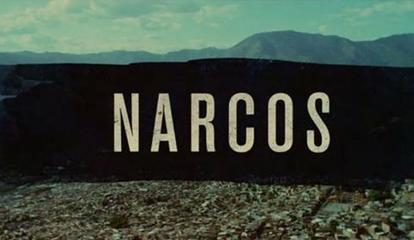Film Difficulty Ranking: 2
Phenomena sure is unique. Yes, it has a lot of the usual characteristics that form the horror genre but, it is definitely not your typical horror flick. Phenomena follows the daughter of a famous American actor who has a strong psychic connection with insects. She is sent to a Swiss boarding school in an area where some girls have been disappearing. And, of course, she sleepwalks.
Why Watch Phenomena?
- In addition to the insect-girl mentioned above, this film features an old man in a wheelchair and his pet chimpanzee.
- It’s backed by a very loud 80s heavy metal soundtrack to provide some relief to some of the more tense moments.
- Lucky for you, there’s no subtitles – it’s mostly in English despite being an Italian film.
- Ever wondered what a horror remake of the Sound of Music might look like? Well here’s your chance to find out.
The Breakdown
Phenomena starts in a Swiss Alpine setting. A yellow bus pulls up at a bus stop, picks up a few passengers from a tour group and drives off. As the camera follows the bus (moving on a 180 degree axis) we hear someone shouting “wait”. The camera moves back to the left to see a girl running up to the camera. She’s missed the bus. So what does she do? She goes to explore a house nearby. To her, the house looks empty. But to us, we see shots of some chains being pulled from the wall… she has company!!!
In the opening ‘scare’ the monster is concealed from view. We see the girl running away from the monster through the monsters eyes and we see shots of the girl running, but never shots of the monster itself. This continues deep into the film to build up our fear of the unknown. Revealing the killer would end the build up of tension. (although the heavy metal music seems to weaken the potential scare factor).
Another method the director uses to build tension is to quickly cut between perspectives. For example, later in the film our young American girl is exploring an abandoned house. As she walks up to the house Argento (the director) cuts between her 1st person perspective, a 3rd person perspective view from behind her back, and another establishing shot, to show where she is (in a field in the Swiss Alps walking to a wooden house). This combination of perspectives disorientates the viewer, and stops the viewer from anticipating what will happen, which leads to a greater shock.
If you’re looking for an 80s horror film with a dash of psychedelia and a dash of heavy metal, then Phenomena is for you. Enjoy.





You must be logged in to post a comment.